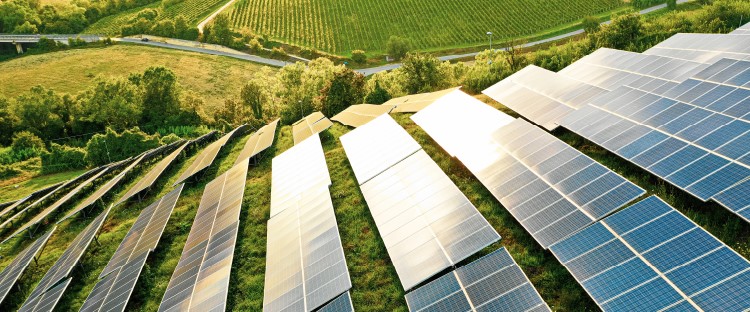Investors targeting opportunities to operate in Myanmar Special Economic ZonesInvestors targeting opportunities to operate in Myanmar Special Economic Zones
by Stefan Chapman, Berwin Leighton Paisner
With news of a consortium led by China’s CITIC announcing plans to acquire a 70% stake in the Kyauk Pyu port located in the western Rakhine state of Myanmar for an estimated US$7.2 bn (which includes the development of a Special Economic Zone ("SEZ") in Rakhine), we examine the challenges that foreign investors face investing in SEZs across the country.
A key goal of the opening up and liberalisation of the Myanmar economy has been to develop industries and grow the export potential of the country. Sitting on the crossroads of China, India and South East Asia, Myanmar is ideally situated to become a key regional manufacturing destination surrounded by large consumer markets.
China’s leaders in turn have ambitious plans for Myanmar as part of the Belt and Road initiative, having identified plans to develop dams, roads, ports and bridges across the country, as well the sharing of its latest technology, products and workplace talent.
The development of SEZs where investors with export orientated businesses can establish their manufacturing base has been identified by the Myanmar Government as a driver for attracting much needed investment. The Government is offering numerous incentives to businesses in operating in such SEZs including the provision of generous tax breaks and the streamlining of bureaucratic processes to simplify the regulatory hurdles.
Seizing the opportunity to take advantage of these benefits developers from Japan, Thailand and China intend to develop large SEZs across Myanmar with projects respectively in Thilawa, Dawei and Kyaukphyu. Chinese developers are looking at the development of the Kyaukphyu SEZ as part of its Belt and Road initiative. While the Japanese developed Thilawa SEZ has started operating the other developments have encountered some difficulty in getting off the ground.
Negotiations on the Kyaukphyu SEZ, providing China direct access to the Indian Ocean, have been held up with negotiations revisiting Myanmar’s equity stake in the project, with it wanting to increase its stake from 15% to 30%, while uncertainty remains on how such an increased investment will be financed on the Myanmar side.
While this project demonstrates the great potential for investing in Myanmar it also showcases some of the considerations which foreign investors must consider in implementing their investments. A key consideration is acquiring the necessary land. Investors should carry out thorough due diligence on the potential land plot at an early stage of every investment.
A common issue in Myanmar is that the person claiming ownership of land may be different from the registered owner on the title documents. This is normally due to restrictions on transferring land or buyers wanting to avoid paying taxes. Rectifying the ownership position can be a time consuming and costly endeavor and can increase the risk of the investment. Another issue which frequently arises is that much of the land outside of commercial centers cannot be developed without a change of use procedure. The change of use procedure depends on the type of land, but in most cases it is a lengthy procedure with little certainty that at the end of the process that the change of use application will be approved.
Investors should also keep in mind that if they are making investments outside one of the SEZs, the Myanmar Investment Law will apply, which requires that any company leasing government land or building for more than 5 years needs to apply for an investment Permit and any foreign investor wanting to enter into a lease for more than a year will need a Land Rights Authorisation from the Myanmar Investment Commission.
With the development of Myanmar’s financial system still in its early stages, foreign investors looking for joint venture partners may find it difficult to find local partners with sufficient access to capital to make the investments required in developing capital intensive projects. Myanmar partners will normally be looking at making their contributions through other means such as providing by providing land, existing assets or other non-cash contributions. Debt financing of large projects will normally require offshore financing.
Identifying and engaging with the relevant authorities at an early stage to avoid subsequent delays in obtaining all the necessary approvals is vital to ensuring the smooth implementation of any investment.
While obstacles to investment remain, proper planning and addressing regulatory issues at an early stage will increase the chances of a smooth and successful investment in Myanmar.




